Xiaomi has its T series perfectly figured out. Fall always comes with phones that offer the best of winter flags in a more affordable package. Last year, I was so excited by the Xiaomi 13T Pro that I recommended it to almost everyone who was looking for a phone under 13-14 thousand. Now comes its successor in the form of the Xiaomi 14T Pro, and I have the unique opportunity to thoroughly compare both devices. What changes await us and most importantly – does it make sense to pay extra for the novelty?
| Xiaomi 13T Pro | Xiaomi 14T Pro |
| 6,67″ AMOLED, 2712 x 1220, 120 Hz, 4000 nitů (peak) | 6,67″ AMOLED, 2712 x 1220, 120 Hz, 2600 nitů (peak) |
| 162.2 x 75.7 x 8.5 mm, weight 200 grams, IP68 | 160.4 x 75.1 x 8.4 mm, weight 209 grams, IP68 |
| Mediatek Dimensity 9200+ (4 nm) | Mediatek Dimensity 9300+ (4 nm) |
| 50 MP + 50 MP + 12 MP (optika Leica) | 50 MP + 50 MP + 12 MP (optika Leica) |
| Android 14, HyperOS | Android 14, HyperOS |
| 5000mAh baterie | 5000mAh baterie |
| 120W cable charging | 120W wired charging + 50W wireless charging |
The contents of the package are not what they used to be
Let’s start with what greets you after opening the box. And here is the first significant change – while last year’s model came with complete equipment including a 120W charger, a transparent case and a pre-installed foil, the situation is significantly poorer with the new model. Unfortunately, Xiaomi also fell victim to the current trend and you have to buy the charger separately. So in the box you will only find a phone, a cable and some “reading that no one reads anyway”. On the plus side, the pre-installed foil remains, as does the case.
The design has matured, but I have one complaint…
When I picked up the 13T Pro last year, I immediately knew that the plastic frame wasn’t exactly the best choice for a 21k phone. The competition in this price category already routinely offered metal, and Xiaomi knew it. That’s why this year’s model is finally getting a change – the 14T Pro got a solid one aluminum construction.
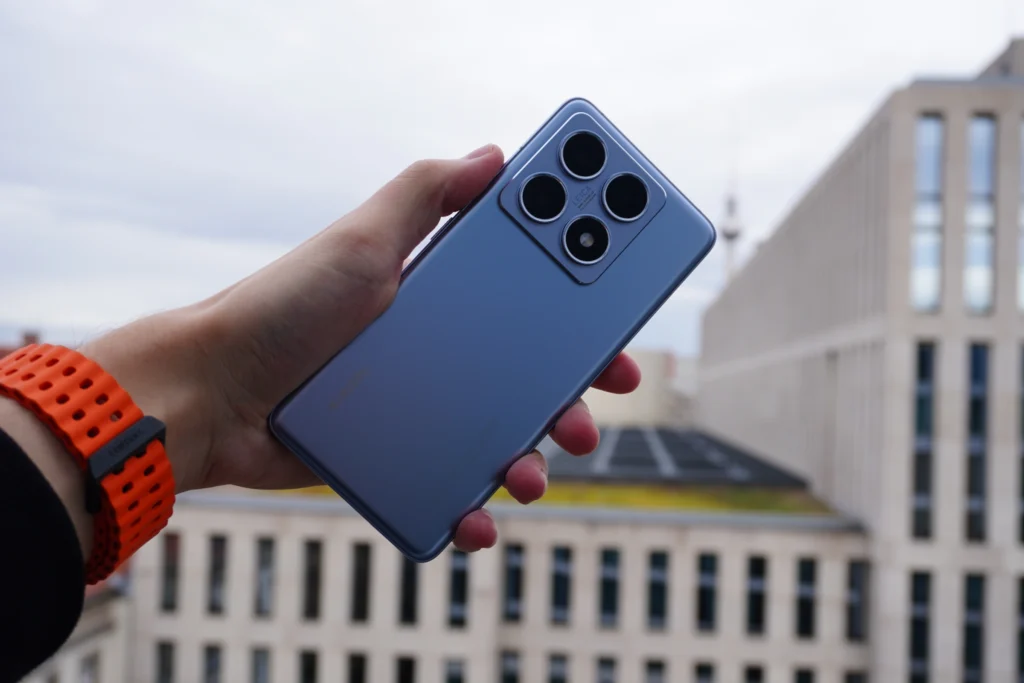
I generally enjoy the design of the new model more. While last year’s model relied on a horizontal strip with cameras, which was unique, but not for everyone, the novelty comes with a more prominent module with four circles. Personally, I like the blue variant, which looks premium and really gives you the feeling of a full-fledged flag.
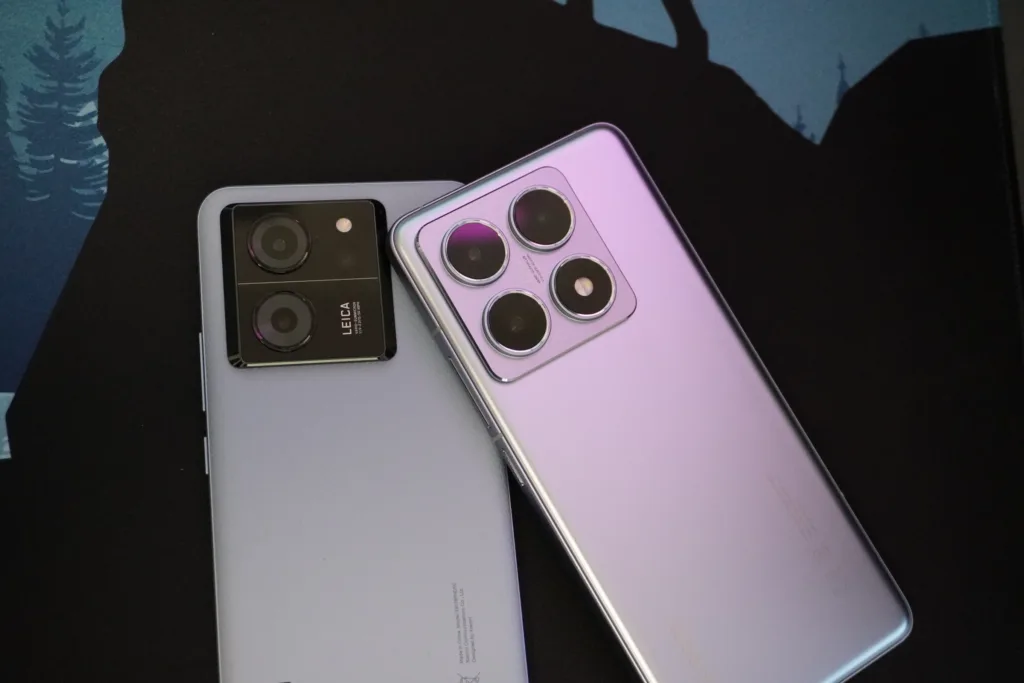

It is a shame, however, that Xiaomi in the new model completely ditched the faux leather back option. Last year’s model in blue with this material was not only pleasant to the touch, but also much more practical – it did not catch fingerprints and provided a better grip. In addition, in the event of a fall, it offered potentially higher resistance than a glass back. This is one of the few steps back that the new model has taken.
The display is like a copier, only with greater brightness
While there has been a significant change in the design, in the case of the display, Xiaomi seems to have taken last year’s panel and only slightly improved it. Here we are again 6.67-inch AMOLED with a resolution of 1220 × 2712 pixels and a refresh rate of 144Hz. On paper, the biggest difference is the brightness in HDR mode – while last year’s model managed 2600 nits, the new one boasts up to 4000 nits.
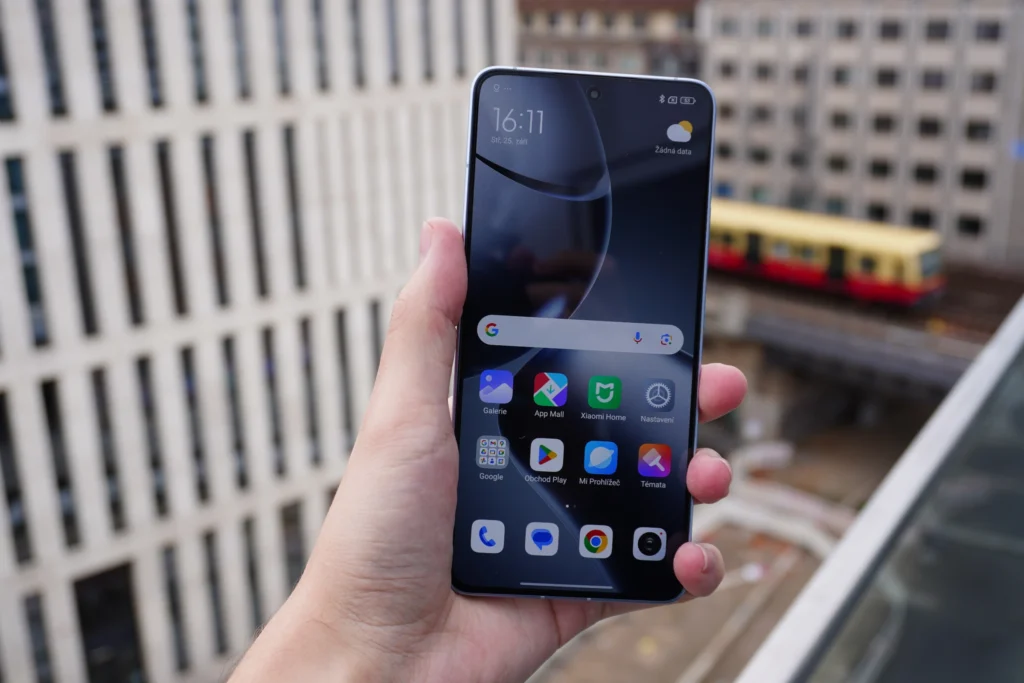

In practice, however, the difference is especially noticeable when watching HDR content on Netflix or YouTube. In normal use, both displays are absolutely great – precise color rendering, top viewing angles and, above all, perfect readability even in direct sunlight. What makes me a little sad is that the new product didn’t get the LTPO panel either. Instead of a smooth transition between 1-144 Hz, both phones switch between only a few preset values.
The biggest change under the hood is the new chipset Dimensions 9300+the older 13T Pro relies on a year older Dimensions 9200+. The main difference is in the CPU architecture – while the older model had a classic composition of cores (1x powerful + 3x medium + 4x economical), the new chipset comes with a bolder configuration of four powerful Cortex-X4 cores supplemented by four medium-powered Cortex-A720. A larger L3 cache also helps – 18 MB compared to 8 MB in the predecessor.
Left Xiaomi 13T Pro, right Xiaomi 14T Pro:
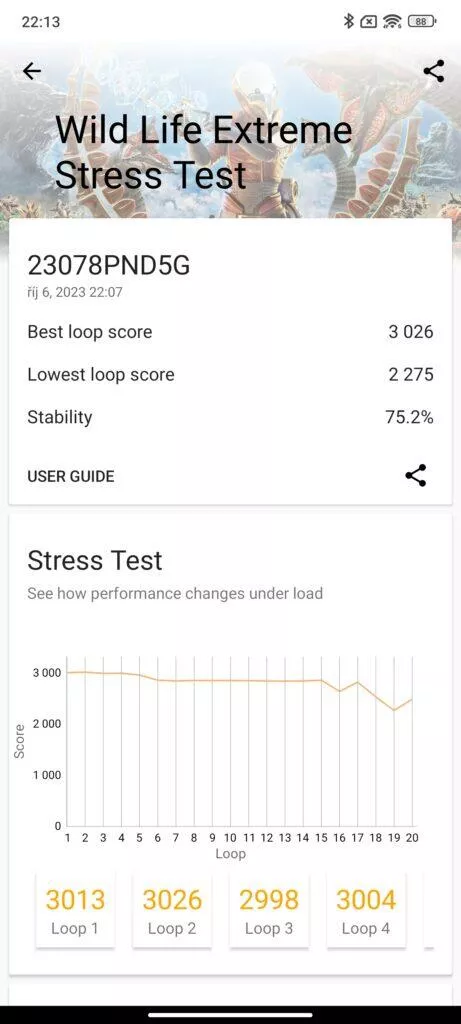

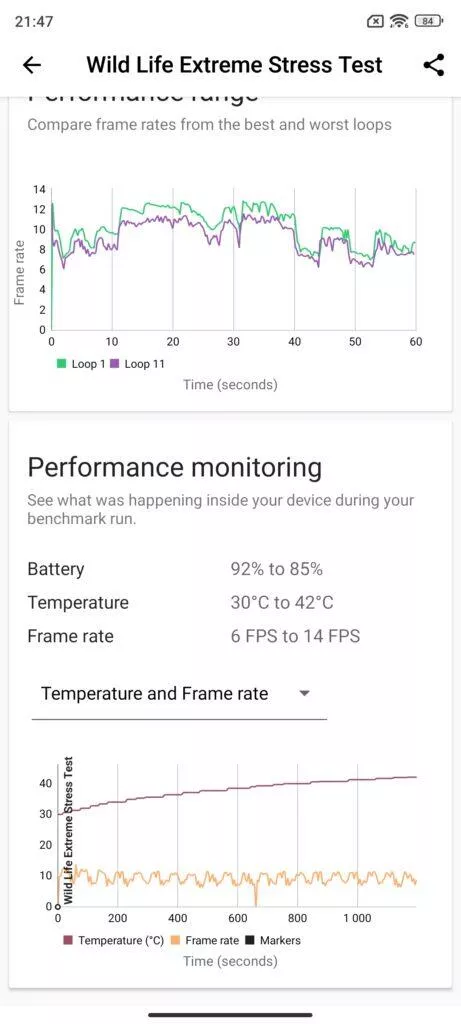

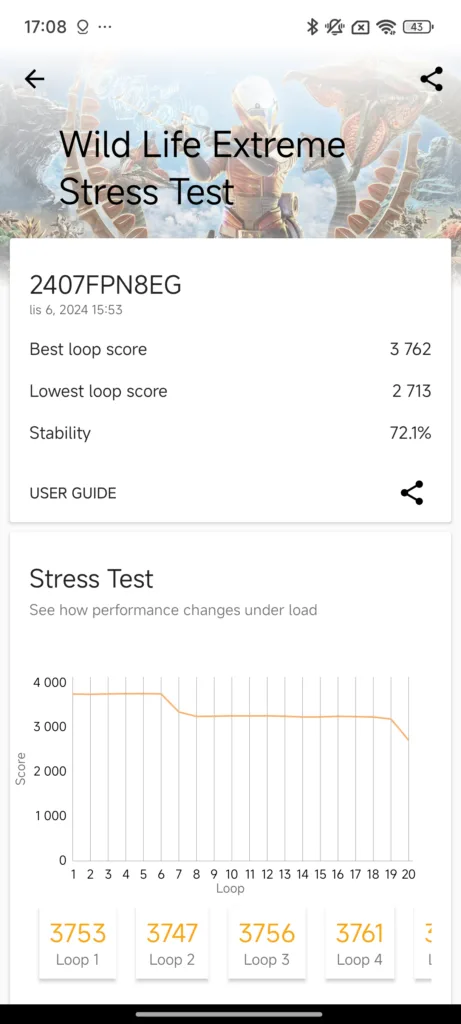

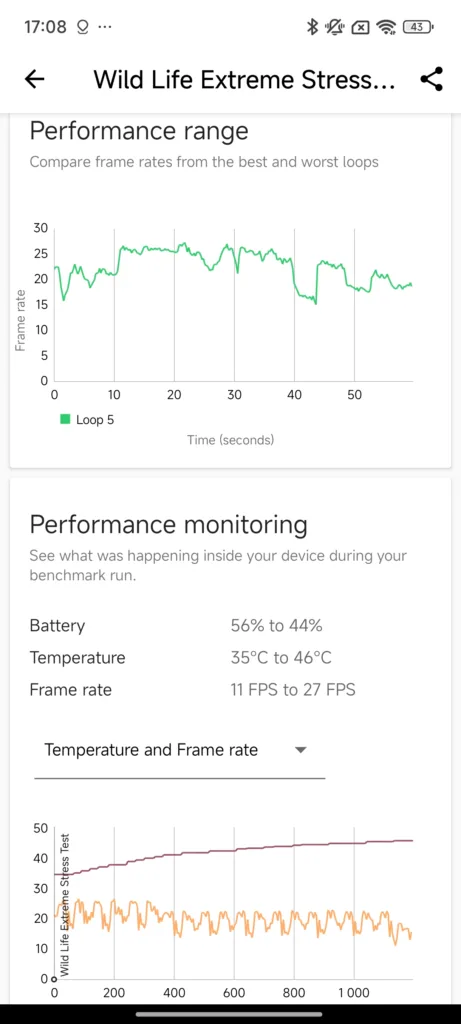

This is mainly reflected in the benchmarks – in AnTuTu I measured a score of over 2 million points for the 14T Pro, while the predecessor was around 1.4 million. Another difference can be seen in GPU performance, where the Mali-G720 Immortalis with 12 cores and clocked at 1300 MHz outperforms last year’s model by more than 20%. We see this well in the Wild Life Extreme Stress Test by 3DMark.
But what surprised me the most is the efficiency. Although the new chipset theoretically has a higher consumption, in practice it heats up a little less, both when playing games and when taking photos or browsing the system. It’s not a dramatic difference, but if you’re familiar with both phones and have been using them for a while, you’ll notice a minor difference. It’s a paradox that 3DMark showed the exact opposite, but 98% of cases work in favor of the 14T Pro.
Cameras: evolution instead of revolution
Both phones are betting on cooperation with Leica, and honestly – if you don’t see the specifications, it would be hard to guess which is which. In both cases, we have:
- 50 Mpx main sensor with f/1.6 aperture and optical stabilization
- 50Mpx telephoto lens (13T Pro with 2× / 14T Pro with 2.6× zoom)
- 12 Mpx wide-angle lens with 120° field of view
However, where I see a shift is in photo processing. The older Sony IMX 707 replaced the sensor from OmniVision and we can find it, for example, in the basic Xiaomi 14.
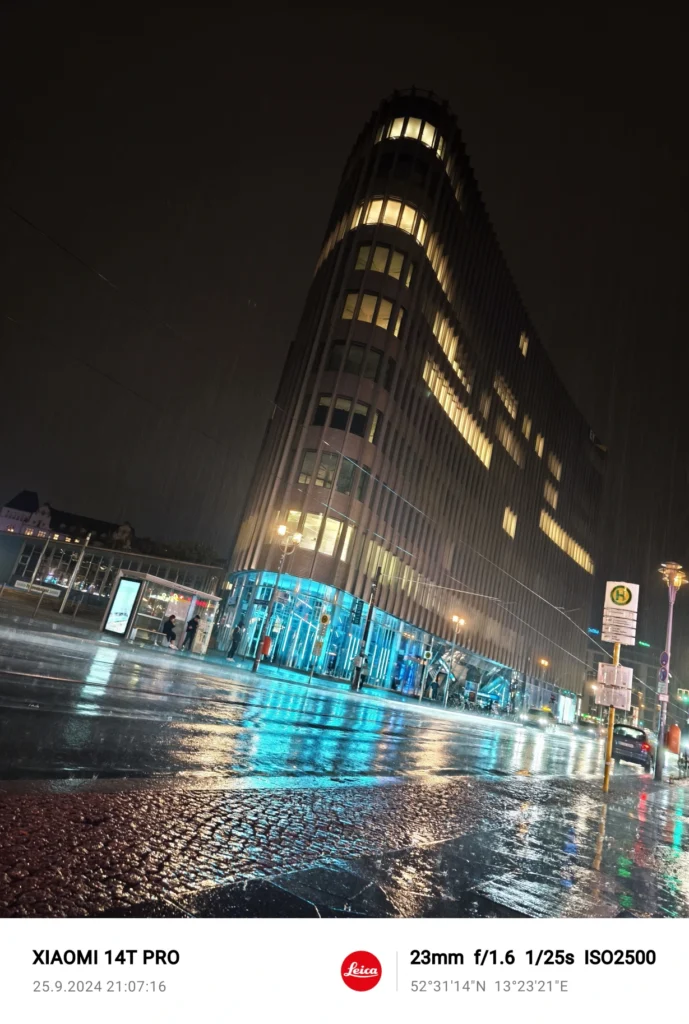

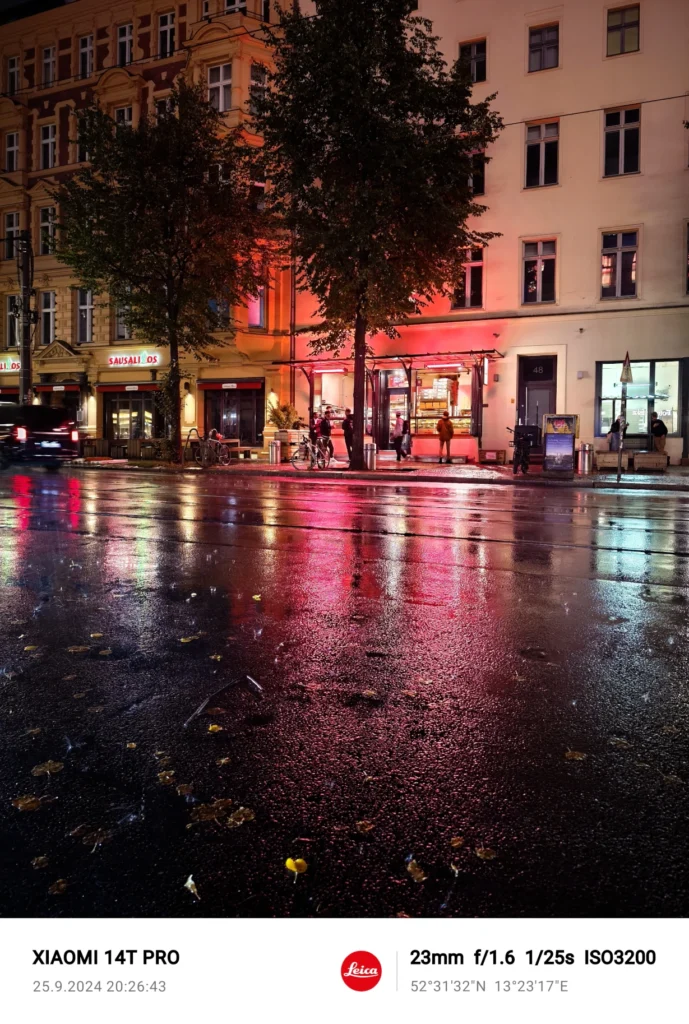

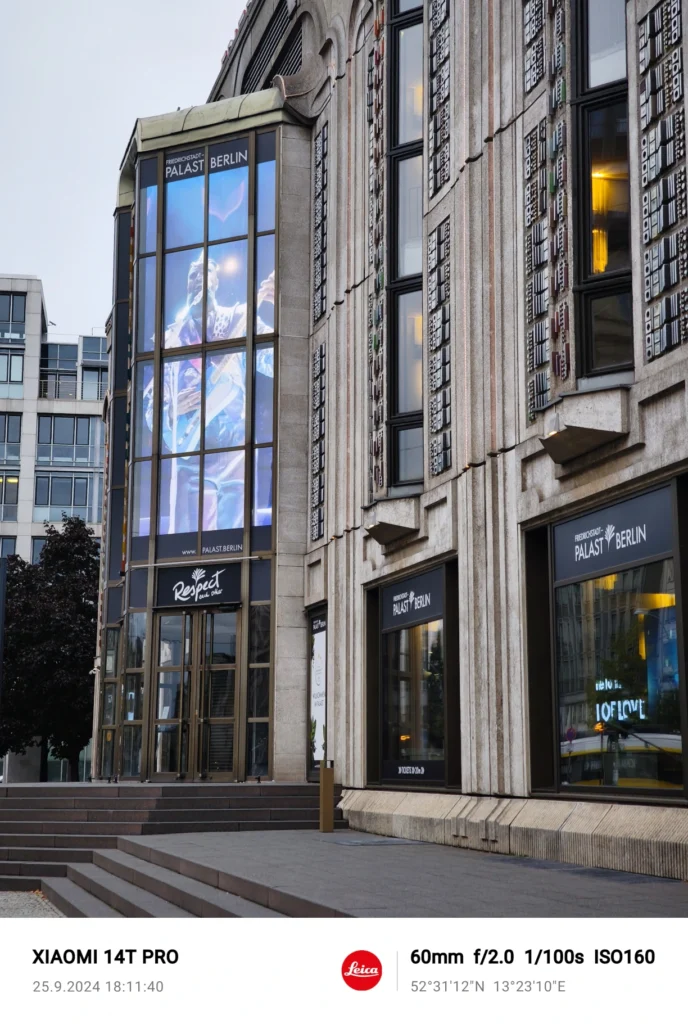

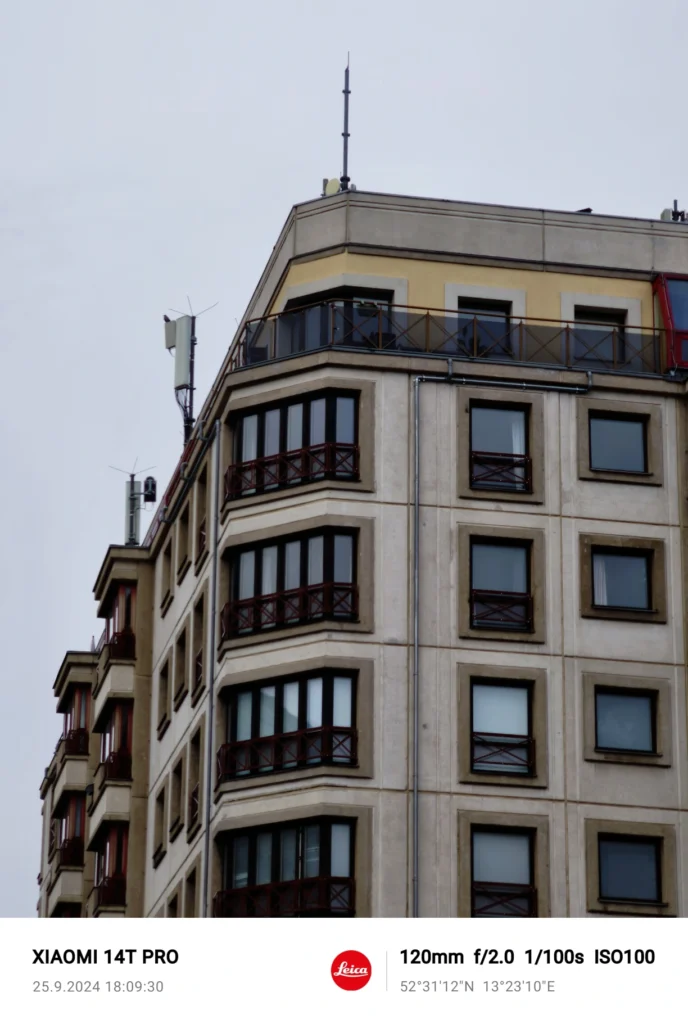

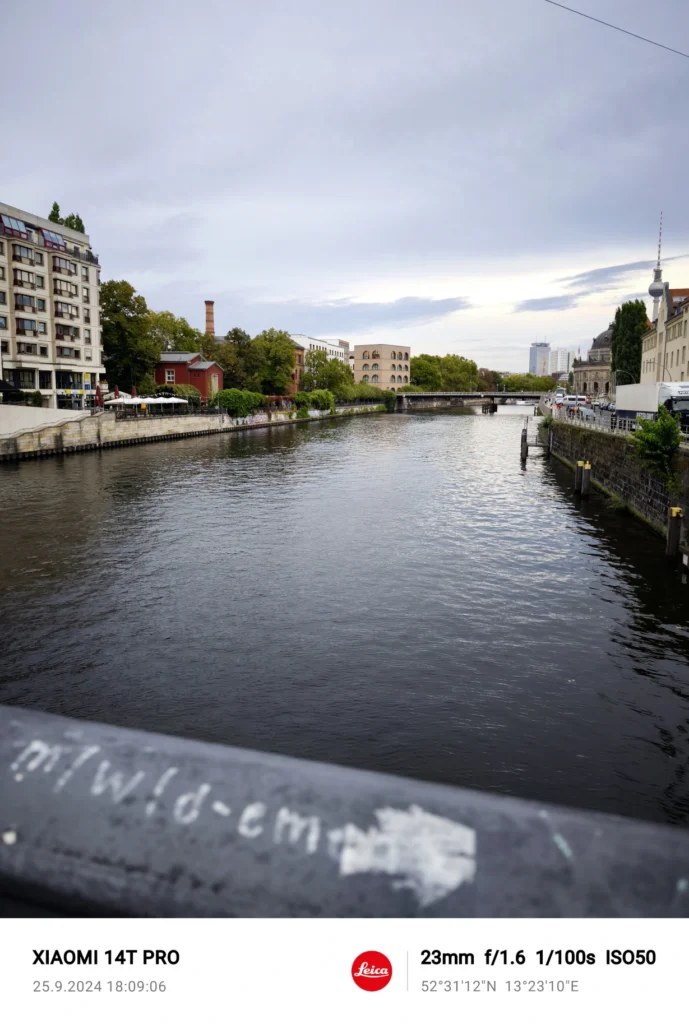

The new model handles night scenes much better, where the predecessor sometimes struggled with noise. Two Leica modes are still available – Authentic for realistic rendering and Vibrant for more vivid colors.
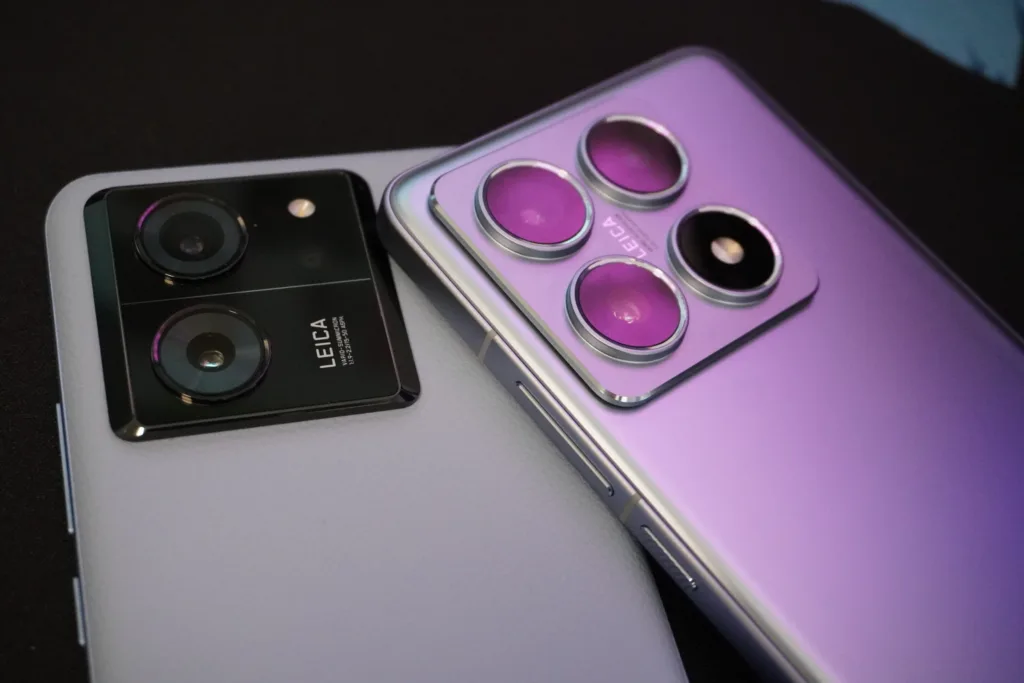

After using the 13T Pro and a few weeks with the new one, I have to say that both phones take fantastic pictures. If you care about photos, you won’t be disappointed with either model. But if you are primarily interested in night photography, the 14T Pro will clearly reign supreme, not only compared to last year’s phone, but also to a large part of the competition.
Battery and endurance: Finally wireless charging!
I have to give Xiaomi credit here – we finally have wireless charging in the T series. The 14T Pro can handle up to 50 W, so you can charge your phone wirelessly in about an hour. In other respects the situation is similar:
- Both models have a 5000mAh battery
- They manage wired charging with a power of 120 W
- You can reach 100% in less than half an hour
- With normal use, it lasts one day with a reserve
The new model lasts a bit longer thanks to a more efficient chipset, but the difference is not dramatic. I rather appreciate the flexibility of wireless charging – when you’re paying over 20,000 for a phone, this function simply shouldn’t be missing.
Artificial intelligence as a bonus
A novelty that is definitely worth mentioning is the advanced AI functions of the 14T Pro model. Xiaomi has taken a big step forward here – while Samsung is only promising the Czech language for Galaxy AI, Xiaomi immediately comes with full support for our language.
In practice, this means you can use:
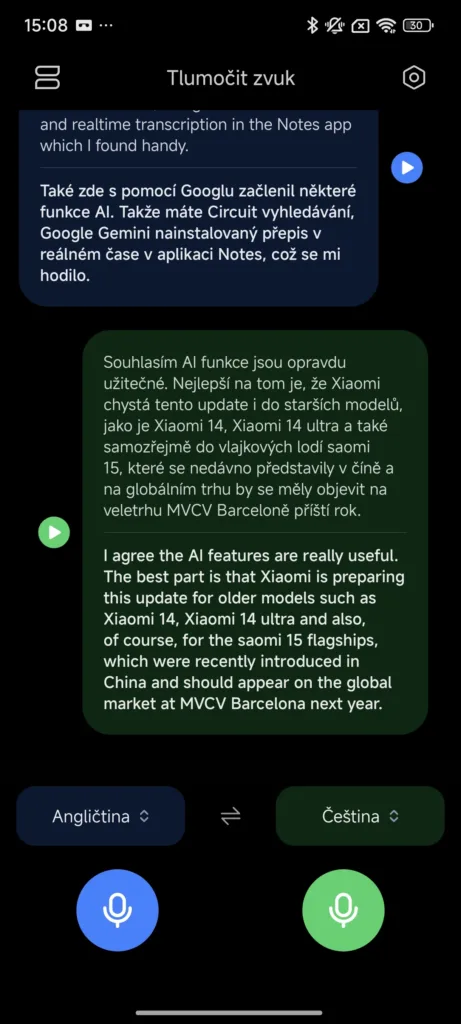

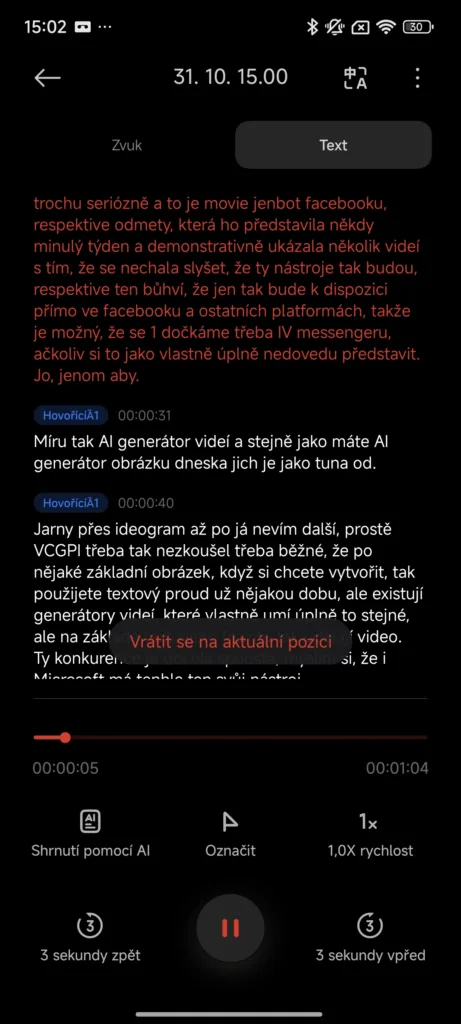





After several weeks of testing, I have to say that this is not just a marketing gimmick. Transcription of text in the Notepad application works surprisingly well, which is appreciated by students in lectures, for example. Circle to Search, on the other hand, can translate posts on social networks much better than the built-in translators. And when you need to find a pharmacy abroad or ask about the composition of food in a restaurant, a live interpreter will help you better than broken English.
You can find a more detailed test of the AI functions in a separate article on our website, but for me this is a nice bonus that makes the 14T Pro an even more versatile tool.
Verdict: Which model makes more sense?
After several weeks of intensive testing, I have to say that the Xiaomi 14T Pro is undoubtedly a better phone than its predecessor. It received a better metal construction, wireless charging, a more powerful processor, full support for AI functions in Czech and a number of minor improvements. But… the price is a crucial factor here. And here the situation is interesting – while the novelty normally starts at 20,990 CZK, you can currently buy it in the 12/512 GB version for 15,990 CZK. Last year’s model then ranges from 12,500 CZK, sometimes under 12,000 crowns in special offers. The difference is therefore approximately 3.5 thousand crowns.
For me personally, this surcharge makes sense if:
Source: www.svetandroida.cz


